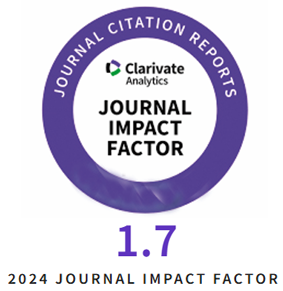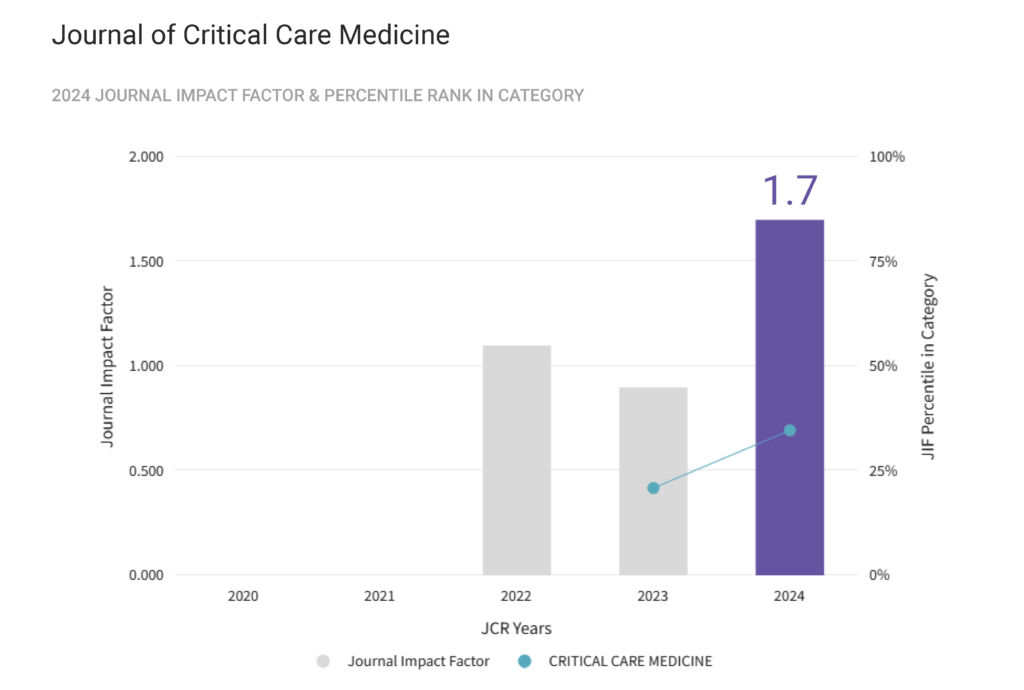Aim of the study: The rupture of delayed formed splenic pseudoaneurysms after pediatric blunt splenic injuries undergoing nonoperative management (NOM) can be life-threatening. We aimed to identify the sub-phenotypes predicting delayed splenic pseudoaneurysm formation following pediatric blunt splenic injury using latent class analysis (LCA).
Material and Methods: In this retrospective observational study conducted using a multicenter cohort of pediatric trauma patients, we included pediatric patients (aged ≤16 years) who sustained blunt splenic injuries and underwent NOM from 2008 to 2019. LCA was performed using clinically important variables, and 2–5 sub-phenotypes were identified. The optimal number of sub-phenotypes was determined on the basis of clinical importance and Bayesian information criterion. The association between sub-phenotyping and delayed splenic pseudoaneurysm formation was analyzed using univariate logistic regression analysis with odds ratios (ORs) and 95% confidence intervals (CIs).
Results: The LCA included 434 patients and identified three optimal sub-phenotypes. Contrast extravasation (CE) of initial CT in the spleen was observed in 22 patients (68.8%) in Sub-phenotype 1, 49 patients (25.7%) in Sub-phenotype 2, and 22 patients (10.4%) in Sub-phenotype 3 (p = 0.007). Delayed splenic pseudoaneurysm was observed in 46 patients (10.6%), including seven patients (21.9%) in Sub-phenotype 1, 25 patients (13.1%) in Sub-phenotype 2, and 14 patients (6.6%) in Sub-phenotype 3 (p = 0.01). Logistic regression analysis for delayed splenic pseudoaneurysm formation using Sub-phenotype 3 as the reference revealed an OR (95% CI) of 3.94 (1.45–10.7) in Sub-phenotype 1 and 2.12 (1.07–4.21) in Sub-phenotype 2.
Conclusions: The LCA identified three sub-phenotypes showing statistically significant differences for delayed splenic pseudoaneurysm formation. Our findings suggest that cases with CE on initial CT imaging may be at increased risk of delayed splenic pseudoaneurysm formation.
Tag Archives: latent class analysis
Latent class analysis for identification of sub-phenotypes predicting prognosis in hospitalized out-of-hospital cardiac arrest
Aim of the study: To determine which out-of-hospital cardiac arrest (OHCA) patients should receive advanced treatment is extremely challenging. The objective was to identify sub-phenotypes predicting the prognoses of adult OHCA patients by latent class analysis (LCA) using data up to just after admission.
Material and Methods: We conducted a retrospective observational study using multicentre OHCA registry from 95 Japanese hospitals including adult non-traumatic hospitalized OHCA. The primary outcome was 30-day favourable neurological outcome. Our LCA used clinically relevant variables up to just after admission and the optimal class number was determined from clinical importance and Bayesian information criterion. The associations between sub-phenotypes and outcomes were analysed using univariate logistic regression analysis with odds ratios (ORs) and 95% confidence intervals (CIs).
Results: Our LCA included 2,162 patients and identified four sub-phenotypes. The base excess on hospital arrival had the highest discriminative power. Thirty-day favourable neurological outcomes were observed in 526 patients (24.3%), including 284 (53.8%) in Group 1, 179 (21.2%) in Group 2, 26 (11.4%) in Group 3, and 37 (6.6%) in Group 4. Prehospital return of spontaneous circulation (ROSC) was achieved in 1,009 patients (46.7%), including 379 (81.8%) in Group 1, 340 (40.3%) in Group 2, 115 (50.4%) in Group 3, and 175 (31.1%) in Group 4. Univariate logistic regression analysis for primary outcome using Group 4 as reference revealed ORs (95% CI) of 16.5 (11.4–24.1) in Group 1, 3.83 (2.64–5.56) in Group 2, and 1.83 (1.08–3.10) in Group 3.
Conclusions: Our LCA classified OHCA into four sub-phenotypes showing significant differences for prognosis. In cases who achieved prehospital ROSC, it might be meaningful to continue advanced therapeutic interventions.










